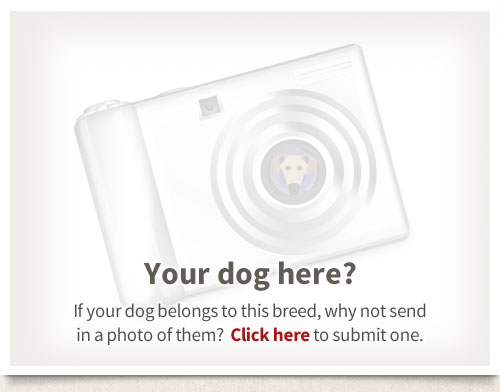Origin
The Australian Silky Terrier is, as the name suggests, Australian in origin. It was developed in the 19th century and, although there are no extant breeding records from that period, it is believed that its progenitors were Australian Terriers crossed with Yorkshire Terriers with perhaps the addition of Dandie Dinmont and Skye Terrier blood. Primarily bred to be a companion the Silky was, and still is, a useful and game ratter. For many years these dogs were known as Sydney Silkies but, as Tasmania, Victoria and New South Wales all claimed to be the State of origin, the name was changed to Australian Silky Terrier in 1956 when breed recognition was granted by the Australian National Kennel Club. The Australian Silky Terrier first arrived in Britain in the 1920s but they are not numerous and have never challenged the popularity of the home-grown Yorkshire Terrier.
Character
It would seem to be the Australian Silky’s stature, and perhaps his glamorous coat, that has seen him categorized as a Toy - he certainly lacks nothing of the terrier’s attributes and traits. He is a bold, courageous and rather territorial dog who is just as happy with his nose in a rat hole or despatching vermin as he is resting decoratively on the best chair. He delights in the attention and love of his people but, although he will be affectionate with all of the family, he may reserve his deepest devotion for one particular person. As a watchdog he is very effective as he is always alert, very possessive of his family and property, and will notify his owners of the presence of strangers with fierce barking out of all proportion to his size. Some Silkies can develop into nuisance barkers so it is wise to train him from the outset what the word ‘quiet’ means. His intelligence and tendency to think for himself, coupled with his sense of self-worth, mean that he needs firm but kindly handling in order that he should learn his place in the household. Failure to guide him in exactly what is and what is not acceptable behaviour will inevitably result in him getting too big for his boots and assuming that the world revolves around himself. He can be a good friend for children, but he will not tolerate teasing, fussing or rough handling and can be reactive so he is not suited to families with children too young to understand how to interact with a dog of his sparky temperament. For those that realize that the Australian Silky Terrier is far more than a decorative lap dog and can accept his independent, sometimes fiery, terrier nature this lively and cheerful fellow is an excellent companion. Dogs of this breed must be regarded as indoor dogs.
Exercise
His general propensity for busyness and patrolling his territory will give the Australian Silky terrier a good deal of self-exercise. However, to stimulate his mind as well as to keep him physically fit an interesting walk should be the order of the day. He is an energetic dog and if the opportunity for running about and exploring off-lead in a secure area presents then he will be delighted to take advantage of it. Ball games will also please him and give him good running exercise. Despite being small he is very energetic, nimble, and quick so may do well in the canine sport of agility.
Training
All dogs, from the largest to the smallest, need to know the boundaries of acceptable behaviour. Basic obedience training should be started as early as possible in order that the Australian Silky should become a pleasure to live with and welcome wherever he goes. He is a very smart dog, quick to learn and willing to please a loved and respected owner. Training methods should be based on positive reinforcement which involves rewarding good work with treats and praise. Harshness, physical or verbal, will achieve very little other than a dog who obeys out of fear and a crushed spirit, or a dog who is confused, slow to learn, or aggressively reactive. Silkies who have a rapport with their handlers are quite capable of success at the highest levels of competitive obedience. Socialization should be commenced at an early stage in the pup’s life. Accustoming him whilst young to many various people, new situations, other dogs and animals will reduce the chance that he may become over-protective or overly suspicious of strange people and animals. The adequately trained and socialized Australian Silky Terrier will grow to be a well-mannered, stable adult who is a great ambassador for his breed.
Health
- Patella luxation
- Legg-Calve Perthes disease
- diabetes
- autoimmune thrombocytopoenia
- lysomal storage disease
- tracheal collapse
- eye problems.
Pictures
Some photographs of the Australian Silky Terrier...





